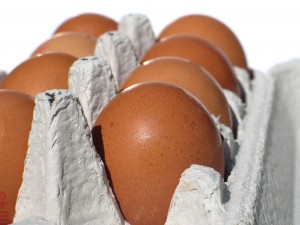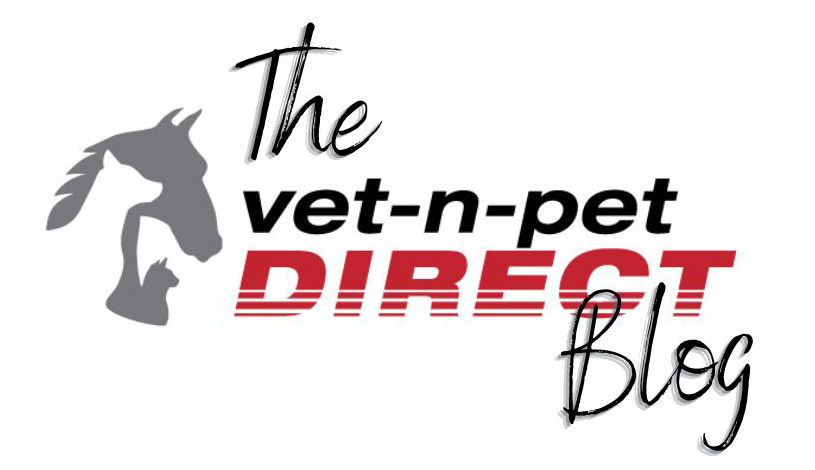 When you’re standing there in the egg isle of the supermarket trying to decide on what eggs you should buy it can be quite confusing. All the labels say different things, Free Range, Caged, Barn Laid, RSPCA Approved, Pastured, Organic, Certified Organic, but what do these all mean?
When you’re standing there in the egg isle of the supermarket trying to decide on what eggs you should buy it can be quite confusing. All the labels say different things, Free Range, Caged, Barn Laid, RSPCA Approved, Pastured, Organic, Certified Organic, but what do these all mean?
The classification and what is stated on the egg carton label refers to the way that the hens that lay the eggs are treated, how they live and/or what they are being fed. Below is a bit of a summary of the different egg classifications to help you make an informed choice when you purchase your eggs.
Caged Eggs
Cages eggs come from hens that spend their entire lives in cages. The hens are housed in cages with up to 5 hens, a wire floor, no perch and no space to flap their wings. In fact, the Australian standards allow up to 18 hens per square meter. This means that these hens have no room to move, stretch out stand up tall or flap their wings.
Barn Laid Eggs
Barn Laid Eggs are laid by hens that are kept in large barns or sheds and they are able to walk around. They have straw or sawdust bedding covering part of the barn floor to allow for scratching and dust bathing. Barn hens are kept at a stocking rate of 12-15 hens per square meter or the RSPCA accredited barn housed hens are kept at 9 hens per meter.
Free Range Eggs
Free Range hens are not confined to cages and have access to outdoor areas; but recently the classification of “Free Range” has become somewhat confusing and even a little misleading.
Most of us like to think that “free range” means that the hens are spending their days roaming around a large paddock, under trees, enjoying sunshine and pecking on grass, when in fact this can be far from the truth.
There are no binding legal definitions or requirements to classify hens as free range and therefore the standards can vary drastically from farm to farm. Free range hens will have access to the outside world at some point during the day, either via open barns or doors or even through small holes in the shed. The stocking density of free range hens varies depending on the accrediting organisation of the farm and can range from 5 up to 14 hens per square meter, this rate also differs for inside the barn to outside. Another misleading factor when it comes to free range hens is that just because the hens have access to outside this does not mean that they necessarily have access to grass or pastures to pick and feed on.
This is why the term free range is becoming somewhat trivialised and losing its significance, as in some cases, like in intensive free range farms, the hens are no better off than the hens kept in barns. Every brand and/or egg producer has the ability, to within reason, set their own standards on what they classify as free range.
Pastured Eggs
Some egg producers are now beginning to label their eggs as Pastured Eggs. This term is used to categorise eggs that have come from hens that are allowed to roam freely outdoors in paddocks and on pastures during the day and then can return to the safety of a barn or shed during the night. These hens are generally kept at a much lower stocking density, Although the hens are out feeding on pastures, grass and insects they may still need to receive feeds to sustain them, especially during colder months.
Organic Eggs
The term “Organic” is being placed on egg cartons and once again this can be quite misleading. This just means that the hens have been fed on food that is “organic” ie. free from pesticides, herbicides and fertilisers. It does not relate to their housing conditions and they may still be cage, barn or free range laid eggs. There are currently no laws in Australia to govern the use of the term “Organic”, therefore there are no controlled or regulated conditions to ensure that the term Organic is being used legitimately.
Certified Organic Eggs
Certified Organic not only relates to what animals are fed but also governs various welfare issues. Certified Organic Eggs come from hens that are able to roam freely on pastures that are classified as organic, ie free from any pesticides, herbicides and fertilisers and any feed they receive is also organic. The hens have access to enough perches so they can perform normal roosting behaviours and enough feeders and waterers so they do not have to compete and are able to form natural social groups. The stocking rates are a lot lower with only 5 hens per square meter, both inside the barn and outside. These hens that live on certified organic farms are living a life closest to resembling their natural behaviours and instincts. To receive the labelling right of “Certified Organic” farms must undergo independent accreditation, by an organisation that is accredited and audited by Australian Quarantine Inspection Service (AQIS).
Legislation and responsibility for animal welfare in Australia is governed by State and Territory governments and not the Federal government. This means that across Australia there is no consistent standard for the care and welfare of hens and therefore no governing rules for the labelling on eggs. This can make it incredibly difficult as a consumer to know and understand what standard the eggs we are purchasing are governed under. Animals Australia, has a great breakdown of the different brands of eggs that are available and specific information on each brand and/or farm and how the hens are raised, fed and stocking density. This website provides in depth information to really help the average consumer understand what eggs they are purchasing and how the hens have been treated.
Chances are you will still stand looking at the eggs in the supermarket and wonder why there are so many different types. Remember not to get caught up with the marketing ploys of fancy words and pretty pictures and instead try to make a more informed decision, taking into consideration the lives that these hens are living in order to produce us the eggs.
For further information on eggs and egg labelling you can visit the following websites.
http://www.makeitpossible.com/guides/egg-labels.php
http://www.sustainabletable.org.au/Hungryforinfo/Free-range-egg-and-chicken-guide/tabid/113/Default.aspx
If you would like to know more about Caged Hens please visit my previous blog “The Life Of A Caged Hen” to gain a better understanding of the unfortunate lives they are living.
Until next time,
Bec
